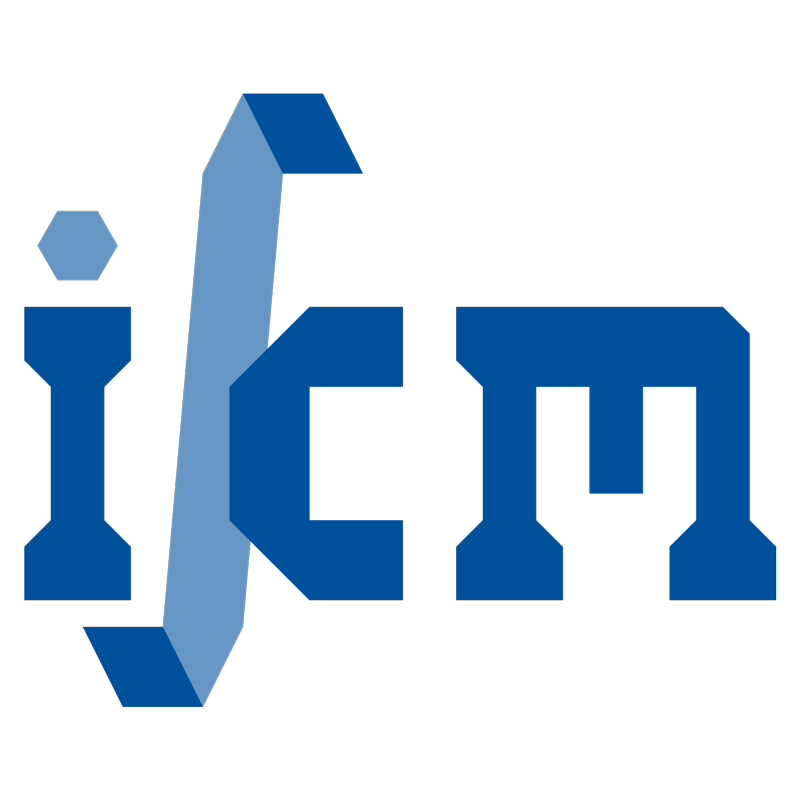Self-actuating SMA-HPFRC fuses for auto-adaptive composite structures
- verfasst von
- N. Krstulovic-Opara, J. Nau, Peter Wriggers, L. Krstulovic-Opara
- Abstract
Existing experimental results clearly demonstrate that the structural use of conventional, that is, "passive," high-performance fiber reinforced concretes (HPFRCs) results in excellent seismic performance. By combining shape memory alloy (SMA) fibers with conventional HPFRCs, self-actuating HPFRCs were recently developed. This paper explores a novel way of using such self-actuating SMA-based HPFRCs to develop more seismically resistant and cost-effective, auto-adaptive frame buildings. A numerical investigation on the use of self-actuating HPFRCs in highly energy absorbing, replaceable, "fuse" zones is presented first. Resulting SMA-HPFRCs "fuses" can adjust their response to the level of seismic overload. A brief discussion of the possible use of such self-actuating "fuses" in auto-adaptive structures is also provided. While in an actual auto-adaptive structure "triggering" of the desired self-actuating HPFRC fuse behavior will require the use of "sensing" and control elements, this paper focuses only on the behavior of SMA-HPFRC fuses and their effect on the overall structural response.
- Organisationseinheit(en)
-
Institut für Baumechanik und Numerische Mechanik
- Externe Organisation(en)
-
North Carolina State University
- Typ
- Artikel
- Journal
- Computer-Aided Civil and Infrastructure Engineering
- Band
- 18
- Seiten
- 78-94
- Anzahl der Seiten
- 17
- ISSN
- 1093-9687
- Publikationsdatum
- 20.01.2003
- Publikationsstatus
- Veröffentlicht
- Peer-reviewed
- Ja
- ASJC Scopus Sachgebiete
- Tief- und Ingenieurbau, Angewandte Informatik, Computergrafik und computergestütztes Design, Theoretische Informatik und Mathematik
- Elektronische Version(en)
-
https://doi.org/10.1111/1467-8667.t01-1-00301 (Zugang:
Unbekannt)


